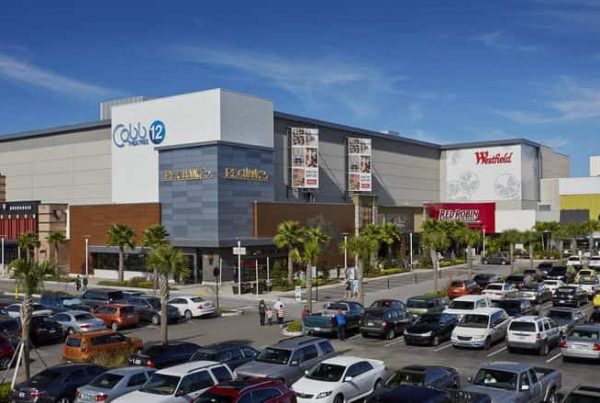Retailers tout the ways physical stores help support their online sales, but the relationship can work the other way too — online channels may drive traffic and sales at brick-and-mortar stores. Jonathan Spooner, a retail strategist at consultant firm Intersection, cites a research paper that examines the effects on brick-and-mortar stores of “buy online, pick up in-store” (BOPIS) programs. But as counterintuitive as this may sound, the April 2014 paper, by professors from Dartmouth College and Northwestern University, shows that such programs could actually lower sales online even as they boost sales and traffic at the stores.
Shoppers who use these services often end up purchasing many other things once they arrive at the store to pick up an online order, according to the research paper. Moreover, when chains ramp up their websites as part of a BOPIS program, many shoppers use the revamped portals to do additional online research before buying the items at a store.
This finding comes as no surprise to Lauren S. Beitelspacher, an assistant professor at Babson College who has also studied the interplay of online and brick-and-mortar sales. “Reverse showrooming — searching for product information online and then going to stores to buy those items — is a huge phenomenon,” she said. “People might use the Internet to narrow down their alternatives, but they still want to visit stores to ask questions face-to-face or physically touch the merchandise.”
As part of a study published in March, tech marketing firm Bazaarvoice sought to gauge the importance of a particular part of the reverse-showrooming process: online reviews and other consumer-generated content. Bazaarvoice operates a network in which consumers view and share opinions and experiences related to millions of products. For the analysis, the firm crunched 10 months of network data from roughly two dozen retail chains across North America, Europe and the Asia-Pacific. “What we found was that 39 percent of consumers had actually read online reviews before they walked into a store to make a purchase,” said Prelini Udayan-Chiechi, the firm’s vice president of marketing for Europe, the Middle East and Asia. “If it was a big-ticket tech item, 55 percent of in-store buyers had read some sort of consumer-generated content before they came into the store.”
In addition to retailers’ proprietary websites, a host of other online channels can be used to drive in-store sales, says Eric Best, chief strategy officer of CommerceHub, a tech firm that helps the likes of Best Buy, Staples and Walmart build their online brands. “Companies like Google and Facebook have discovered that the actual location of the product and seller can be critical to generating the traffic and sales conversions that their retail advertisers want,” Best said.
This is not to suggest that all retailers have mastered such approaches. “Tracking accurately the price and real-time inventory of every item on the shelf in a specific store turns out to be pretty hard,” Best said. “You have shrinkage. You have tracking and audit concerns. The industry has some work to do with respect to store-specific data, but real-time inventory tracking will eventually become commonplace as technology evolves, Best predicts.
Little wonder so many chains are still honing their omni-channel approaches. “Getting a good handle on the actual profitability of the different components of an omni-channel strategy — online delivery, in-store pickup, or using stores as distribution centers — is highly context-dependent,” said Rachel Elias Wein, president of strategic real estate consultant firm WeinPlus. Omni-channel fulfillment in particular can become an expensive proposition for retailers, she says. “When you use multiple stores for distribution, many times this can create an additional shipment burden,” Wein said, “because single orders can actually require several shipments — from one or several stores, plus a distribution center, to, finally, the customer.”
Ultimately, a skillful blend of online and offline channels better serves customers in ways that were impossible before omni-channel retail hit its stride, says Enda McShane, CEO of Velocity Worldwide, a marketing firm based in Belfast, Northern Ireland. Already, people are accustomed to logging into websites and seeing personalized offers tailored to their preferences. But thanks to technology, this personalization can now extend to the experience of being in a store, says McShane. “Through a platform like ours, you can use technology to recognize someone the second they walk in,” he said. “Rather than just discounting randomly, you can give them personalized offers.”








